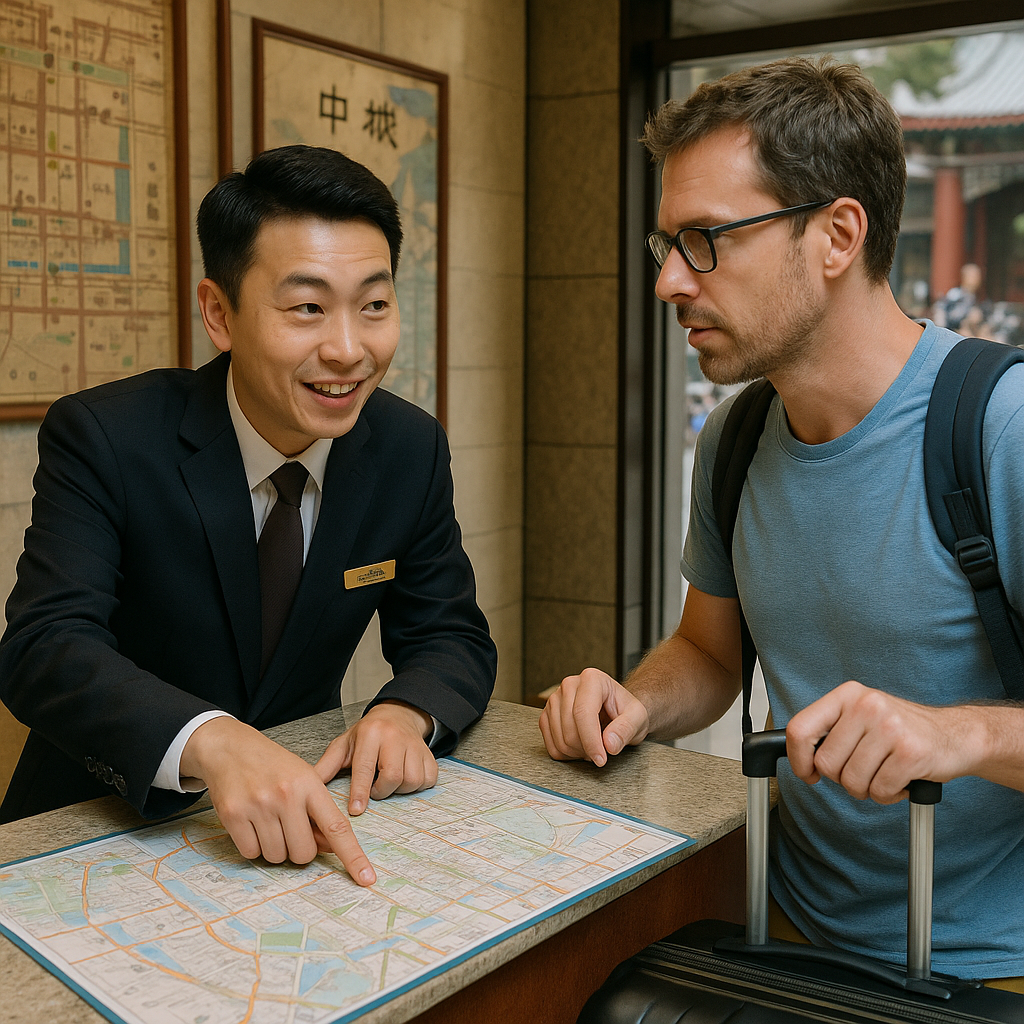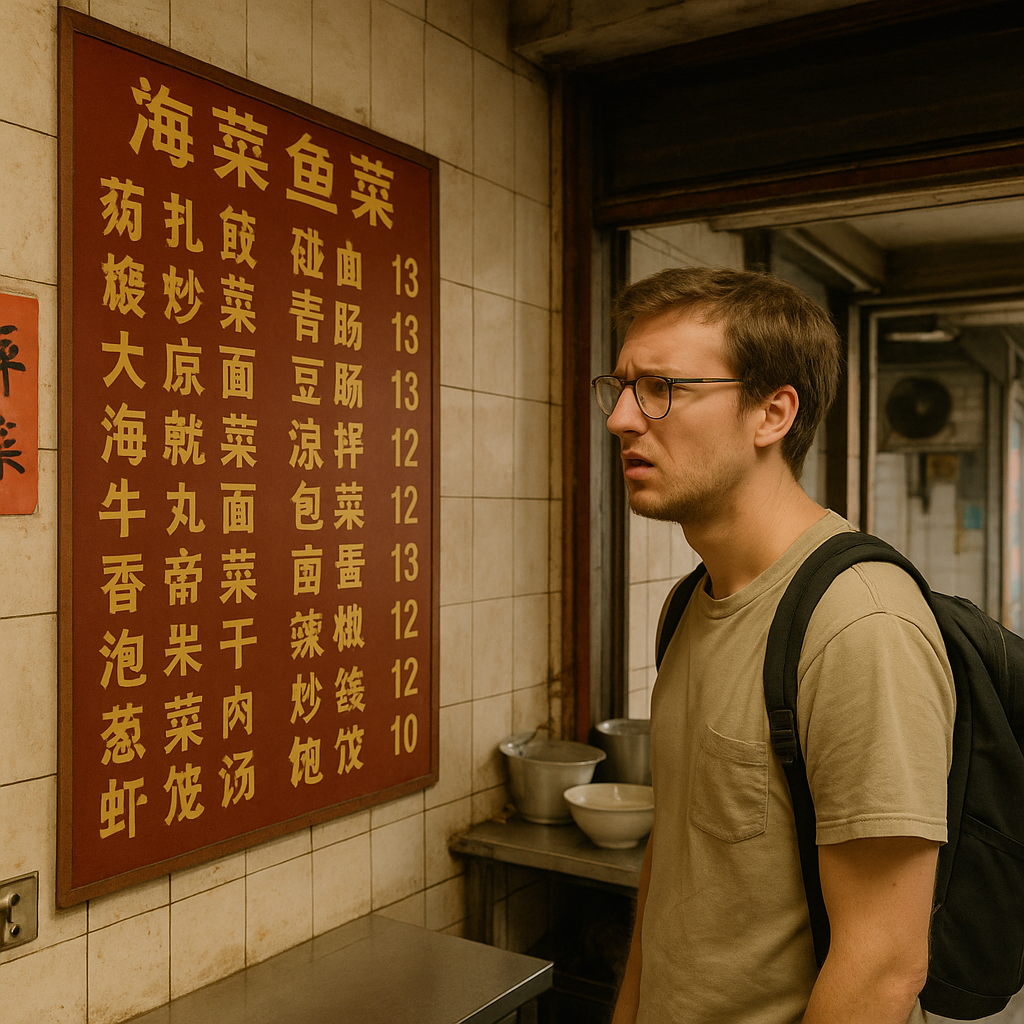China is world-famous for its rich and diverse culinary heritage. From Sichuan's bold spices to the delicate flavors of Cantonese cuisine, the country offers a dream journey for food lovers. But if you've just landed in a big city like Beijing or Shanghai, and walk into a restaurant where all the diners are foreigners and the menu has no Chinese on it—that's your first clue: you've landed in a tourist-trap restaurant.
What is a Tourist-Trap Restaurant?
Tourist-trap restaurants in China are often located near major attractions or in areas with heavy foreign foot traffic. These restaurants are designed to appeal to tourists' expectations—offering "safe" versions of local dishes, high markup, flashy decor, and English menus. While they may offer convenience, they often sacrifice authenticity and value.

Signs You're in a Tourist Trap
- The menu is only in English (or has no Chinese characters)
- Prices are significantly higher than the average local restaurant
- The place is full of non-local diners
- There are pushy hosts waving you in
- Set meals with "local specialties" seem overly simplified
One traveler recounted paying over 300 RMB for a "Peking Duck set menu" in a Beijing tourist zone, only to realize later they could've enjoyed a far more authentic duck dinner at a renowned local eatery for half the price—complete with side dishes and tea service.
Why It Happens
Tourist-trap restaurants thrive on convenience, not repeat customers. Because tourists are unlikely to return, there's little incentive to maintain quality or fair pricing. They may rely on flashy signage, aggressive touting, or online listings designed to lure non-Chinese-speaking guests who can't easily verify authenticity.
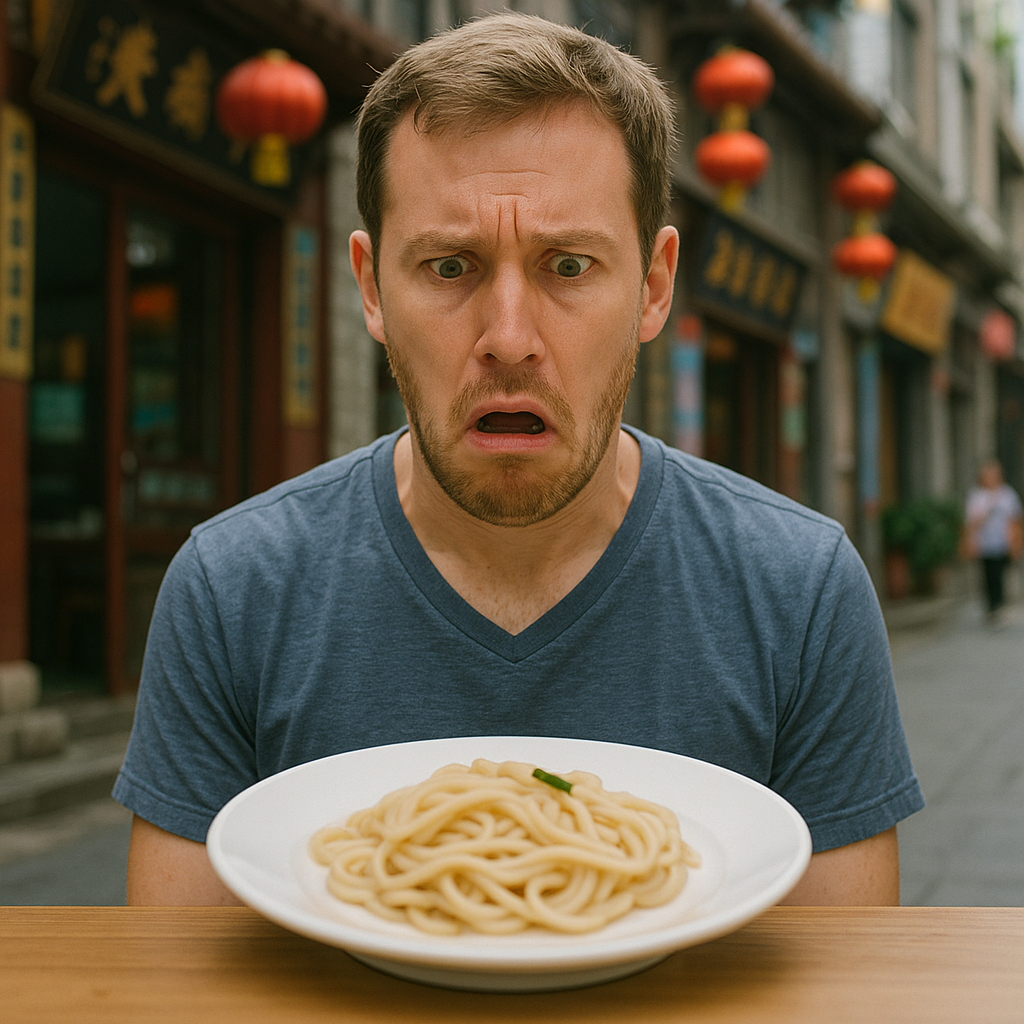
How Nihao Travel Helps You Eat Like a Local
With Nihao Travel's real-time chat service, you can skip the guesswork. Just ask your travel consultant for:
- Restaurant recommendations near your location
- Assistance reading local-only menus
- Information on signature dishes and regional specialties
- Live translation and cultural tips (e.g., how to order hotpot properly)
Whether you're craving dumplings in Xi'an or Lanzhou hand-pulled noodles, Nihao Travel connects you with places that locals truly love—often hidden from tourist maps.
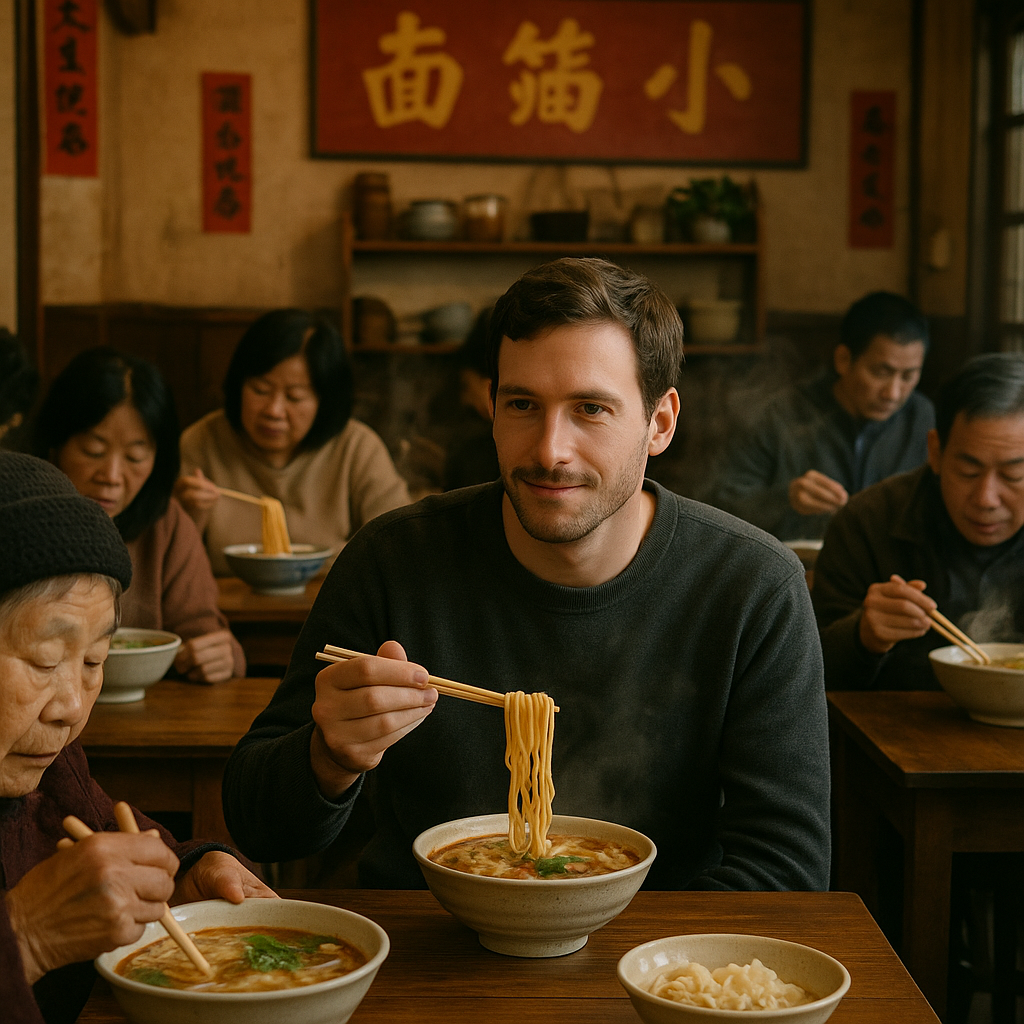
Tips for Finding Authentic Eateries
- Look for restaurants where locals line up
- Menus with Chinese-only text often indicate a truly local spot
- Ignore places with food photos plastered on the windows
- Use map apps like Dianping (大众点评) or consult Nihao Travel
Case Study: Discovering a Hidden Gem in Chengdu
One solo traveler wanted to try authentic Sichuan hotpot but didn't know where to start. Using Nihao Travel, they were directed to a local favorite just off the main shopping street—no English signage, but bursting with flavor. The Nihao Travel agent even taught them how to tell the server they were allergic to peanuts, and what oil dips to avoid. It turned out to be their most memorable meal of the trip.
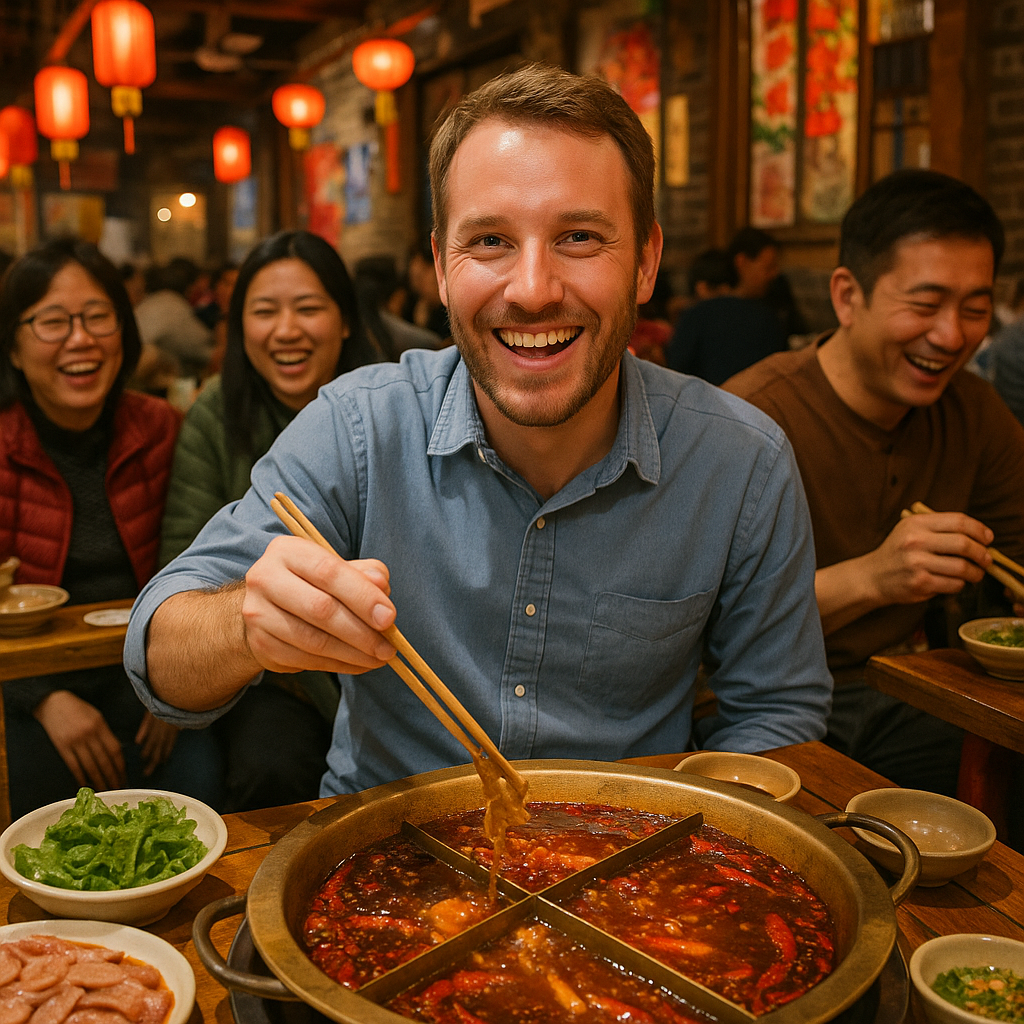
Conclusion
Eating out in China should be exciting, not frustrating. Tourist-trap restaurants exist, but you don't have to fall for them. With Nihao Travel, you get local insight, food safety knowledge, and hidden gems—right when you need them. Your stomach will thank you.
Hungry for authentic Chinese cuisine? Let Nihao Travel guide your taste buds
